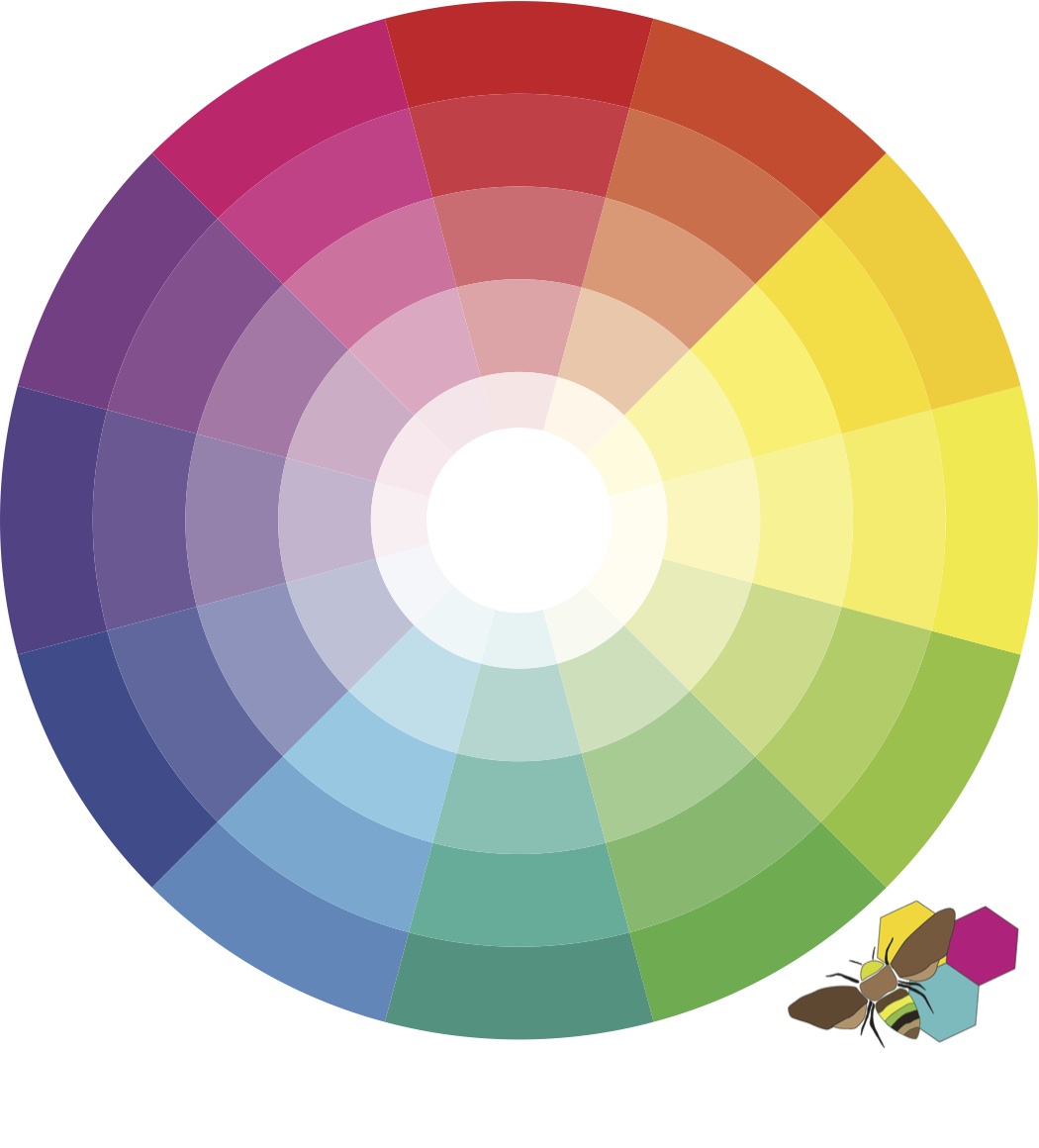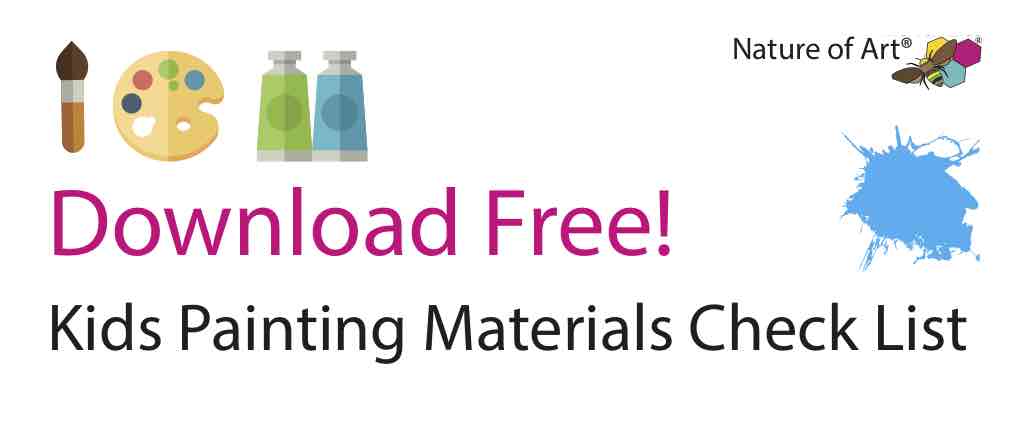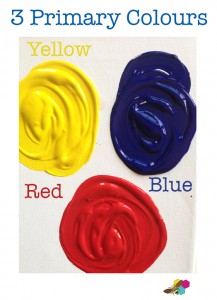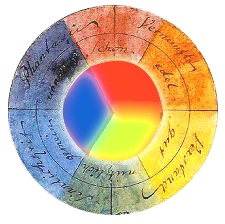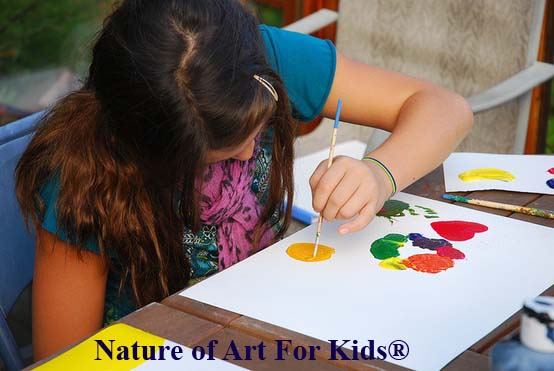
Kids Mixing Primary Colors into Secondary
By Spramani Elaun
In this blog I want to share the basics to mixing primary colors into secondary colors in a few simple steps.
I teach these basics to both my kid and adult art students, and they learn quickly. I also go into great detail in my new book “Kids Color Theory”.
Anyone can learn basic color theory, I have taught this to children and adults for the first time.
This is important for a students who want to progress into painting regularly.
My students were able to walk away with a basic color wheel made by their own hand mixing.
Good reason to learn to mix primary colors
- Understanding how to mix colors helps with advance fine painting skills.
- The more you practice mixing colors, painting becomes more enjoyable because you learn how to control tints and tones in your colors.
- Mixing skills come in handy when color options are limited. You or your child can mix-up a variety of color combinations with just a few colors.
- Mixing colors is beneficial and great art therapy!
Red
Yellow
Blue
What is a primary color?
For beginning mixing lessons I use the subtractive color system RYB (Red, Yellow and Blue).
These three colors are considered primary colors.
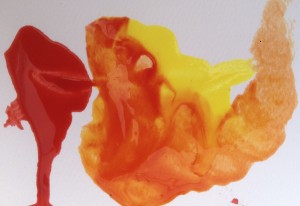
What is a secondary color?
Orange, Green, Violet-Purple, and brown.
These four secondary colors come from mixing combinations of primaries together.
When you mix primaries together you get secondary colors.
Primary colors and secondary colors combined can make a 12-step color wheel.
Mixing Supplies
Paint
Red
Yellow
Blue
You will need three primary colors in either watercolor or acrylic paint. I recommend starting with watercolor if you can.
Watercolor Paper – For beginners I recommend small cut watercolor paper which is inexpensive rather than using a canvas.
I recommend waiting to use a canvas until you have had practice mixing a color wheel.
Watercolor paper is very absorbent for mixing watery paint and will do the job nicely for color mixing.
Paintbrush
Palette
Water Jar
Napkins
4 Simple Mixing Lessons
Start out very basic and try to mix just one of these combinations.
Once you have achieve making a secondary color, challenge yourself to make the secondary color very light, to medium and then finally very dark.
After you mastered one secondary combination move to the second, then the third. Try to challenge your self and make brown.
If you want to learn more about teaching kids beginner color theory, buy my book Kids Color Theory here.
Lesson 1.
Blue + Yellow = Green
When mixing secondary green start off with a good amount of yellow and smaller amount of blue.
Blue is a very powerful dark pigment and you will only need a little.
Lesson 2.
Red + Yellow = Orange
Again start off with a good amount of yellow and smaller amount of red.
You can always add more red until you get desired orange you want.
Beginning color mixing can be learned by all ages, even young children.
If you would like to learn more about teaching kids, order my complete guide to teaching kids to paint, full color book – Kids Color Theory
Happy Colorful Mixing!
Spramani
Mixing Paints into Cool Colors, Winter Art Lesson Activities
Mixing Paint into Warm Autumn Colors Painting Lesson For Kids

All rights reserved © Nature of Art For Kids®
No part of this blog may be used or reproduced in any manner whatsoever without written permission except in the case of brief quotations embodied in critical articles and reviews.
